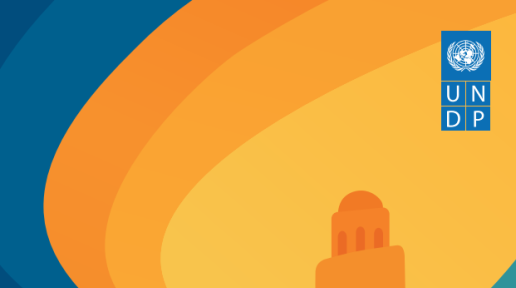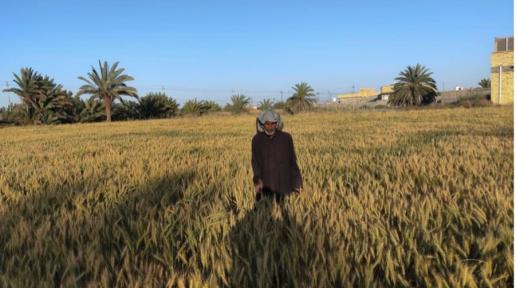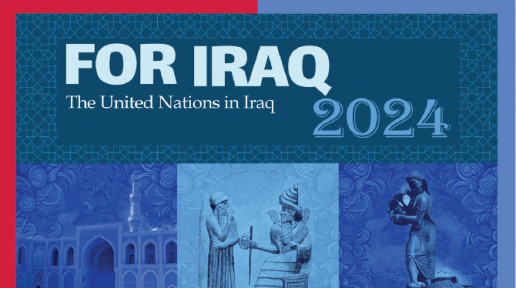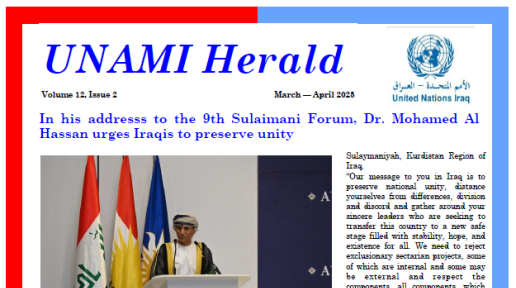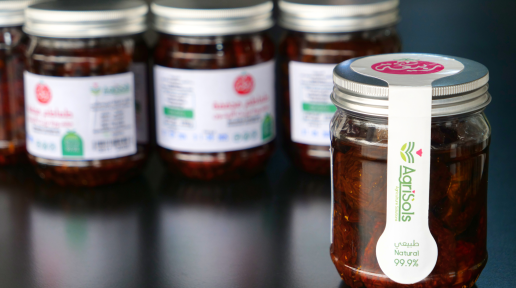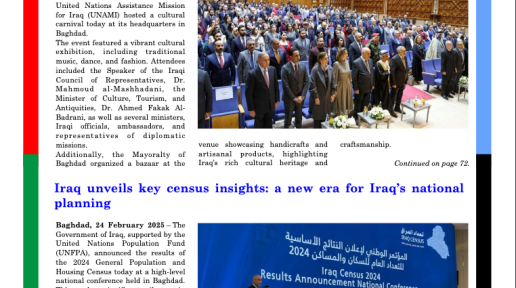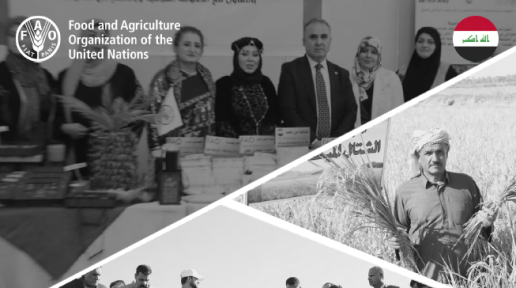Zero Hunger
After decades of steady decline, the number of people who suffer from hunger – as measured by the prevalence of undernourishment – began to slowly increase again in 2015. Current estimates show that nearly 690 million people are hungry, or 8.9 percent of the world population – up by 10 million people in one year and by nearly 60 million in five years.
The world is not on track to achieve Zero Hunger by 2030. If recent trends continue, the number of people affected by hunger would surpass 840 million by 2030.
According to the World Food Programme, 135 million suffer from acute hunger largely due to man-made conflicts, climate change and economic downturns. The COVID-19 pandemic could now double that number, putting an additional 130 million people at risk of suffering acute hunger by the end of 2020.
With more than a quarter of a billion people potentially at the brink of starvation, swift action needs to be taken to provide food and humanitarian relief to the most at-risk regions.
At the same time, a profound change of the global food and agriculture system is needed if we are to nourish the more than 690 million people who are hungry today – and the additional 2 billion people the world will have by 2050. Increasing agricultural productivity and sustainable food production are crucial to help alleviate the perils of hunger.
COVID-19 response
The World Food Programme’s food assistance programme provides a critical lifeline to 87 million vulnerable people across the world. Their analysis of the economic and food security implications of the pandemic outlines the potential impact of COVID-19 on the world’s poorest people.
In light of the pandemic’s effects on the food and agricultural sector, prompt measures are needed to ensure that food supply chains are kept alive to mitigate the risk of large shocks that have a considerable impact on everybody, especially on the poor and the most vulnerable.
In order to address these risks, the Food and Agriculture Organization urges countries to:
- Meet the immediate food needs of their vulnerable populations,
- Boost social protection programmes,
- Keep global food trade going,
- Keep the domestic supply chain gears moving, and
- Support smallholder farmers’ ability to increase food production.
The UN’s Global Humanitarian Response Plan lays out steps to fight the virus in the world’s poorest countries and address the needs of the most vulnerable people, including those facing food insecurity.













